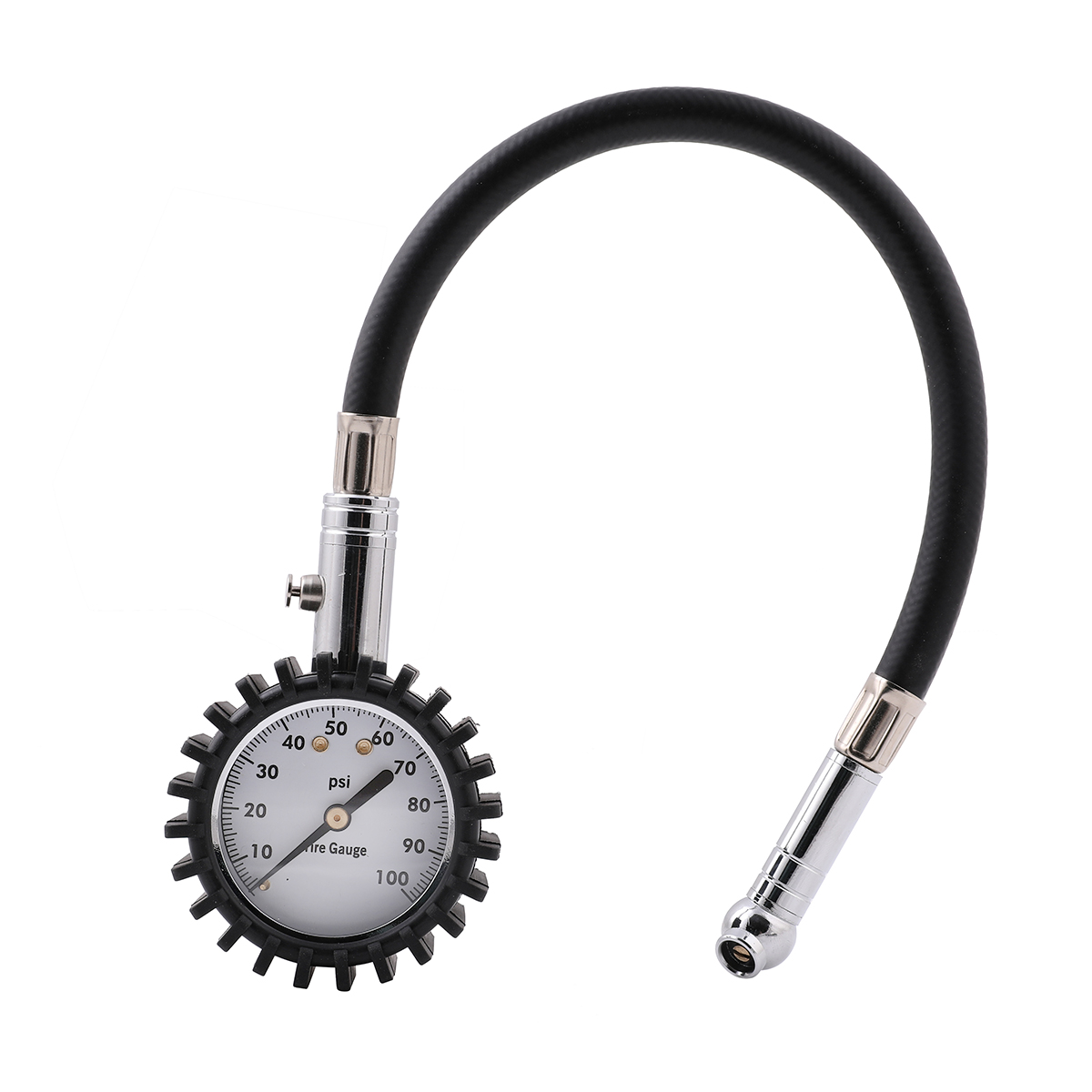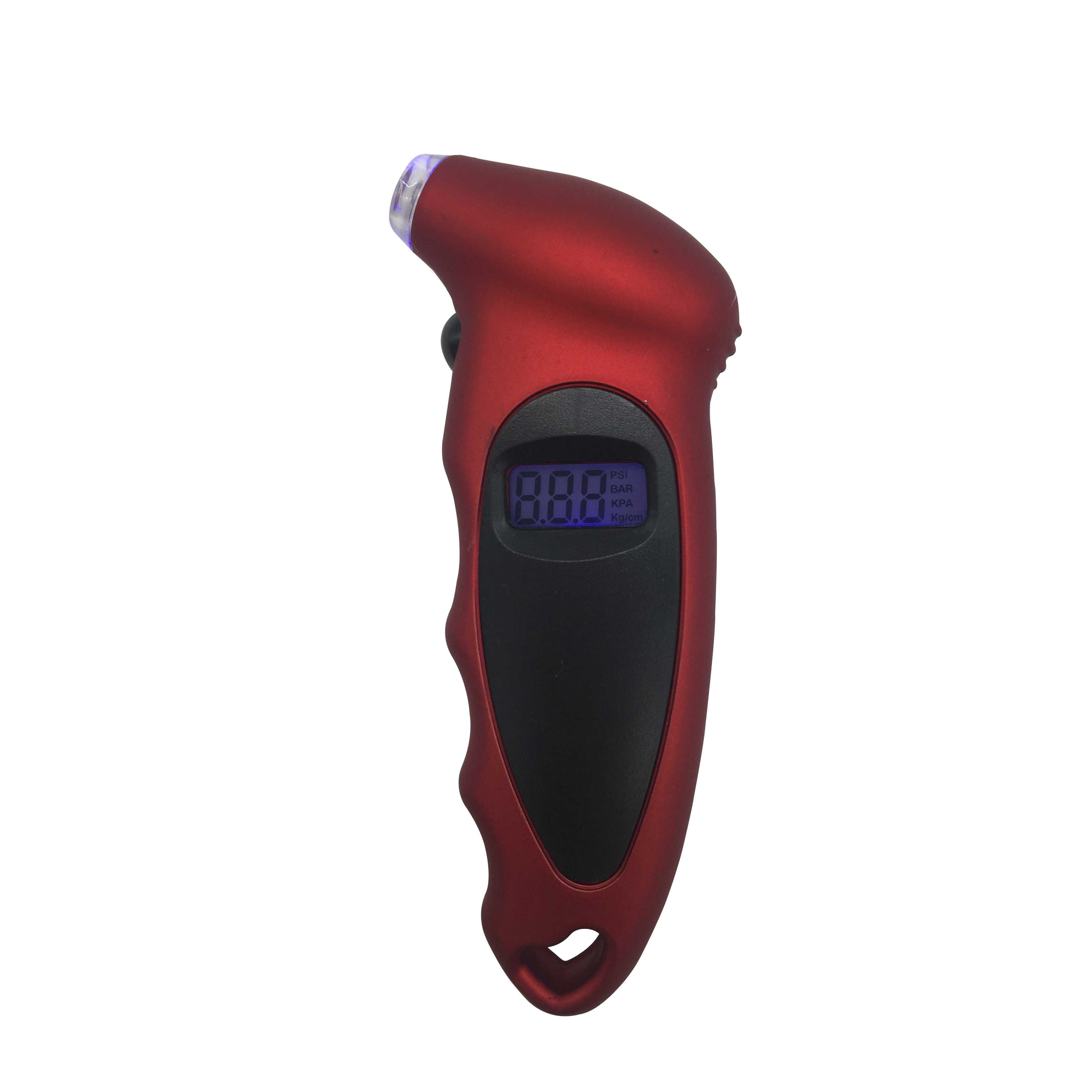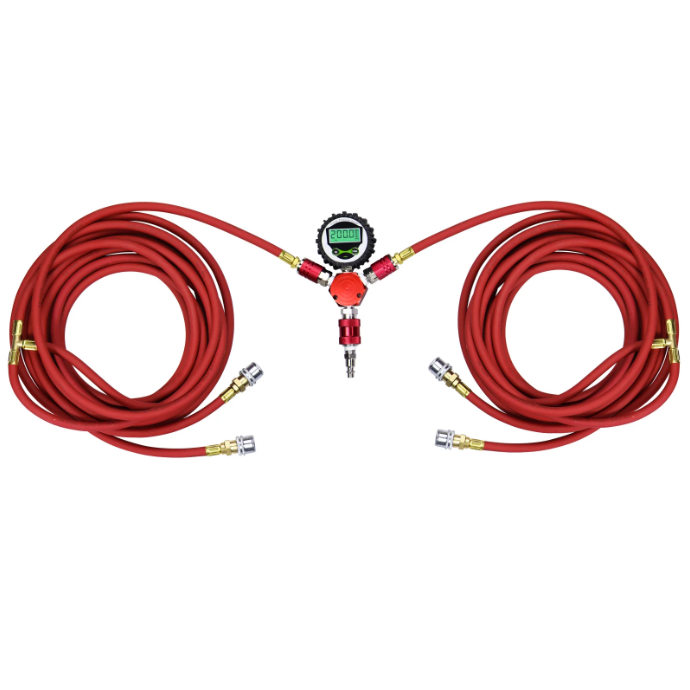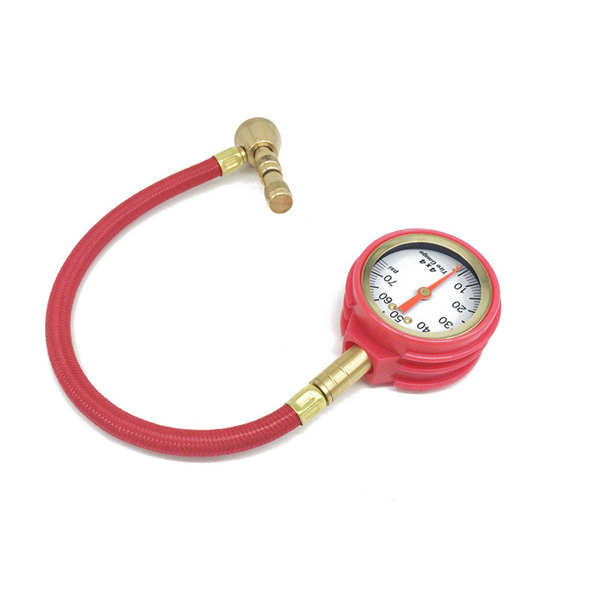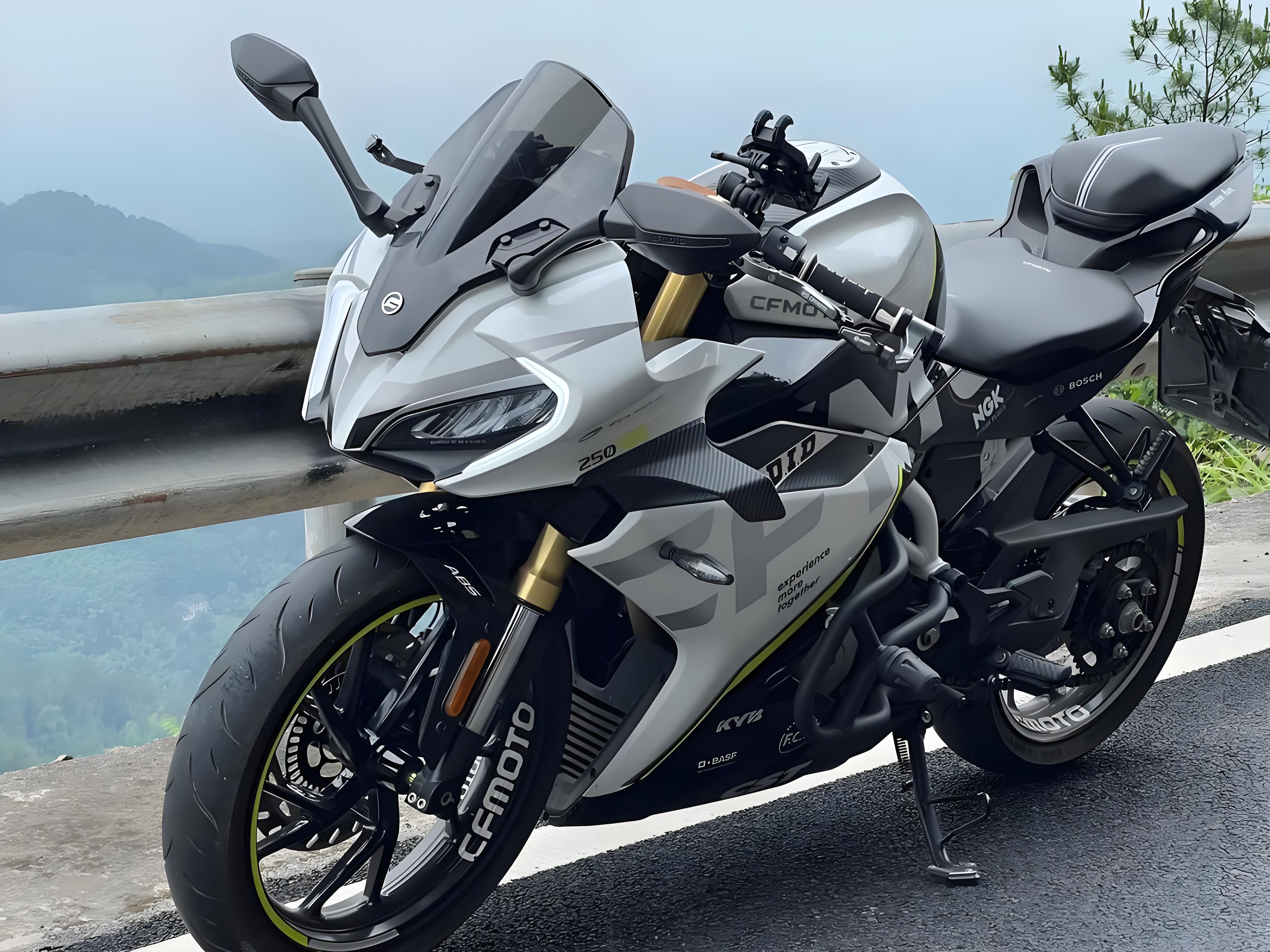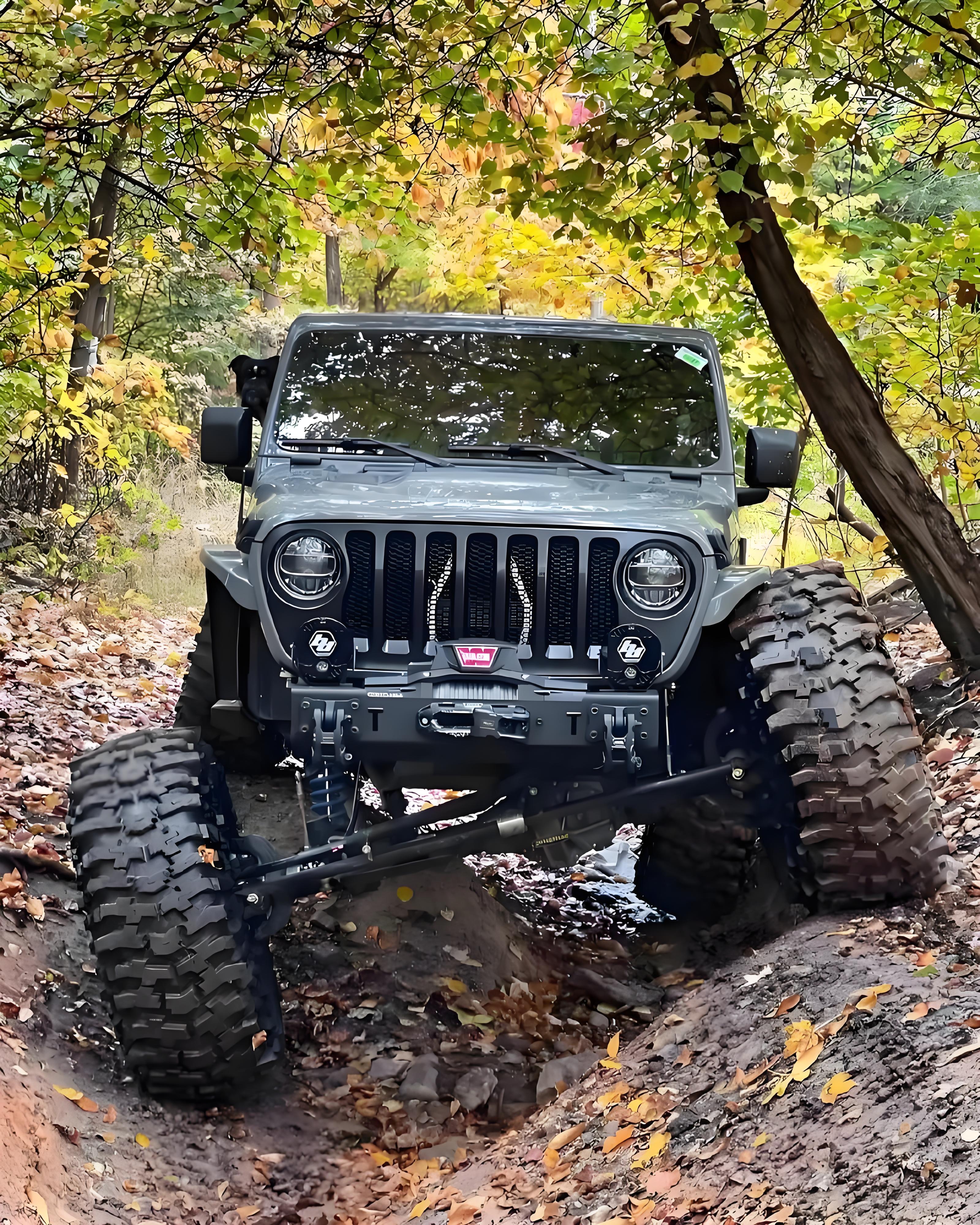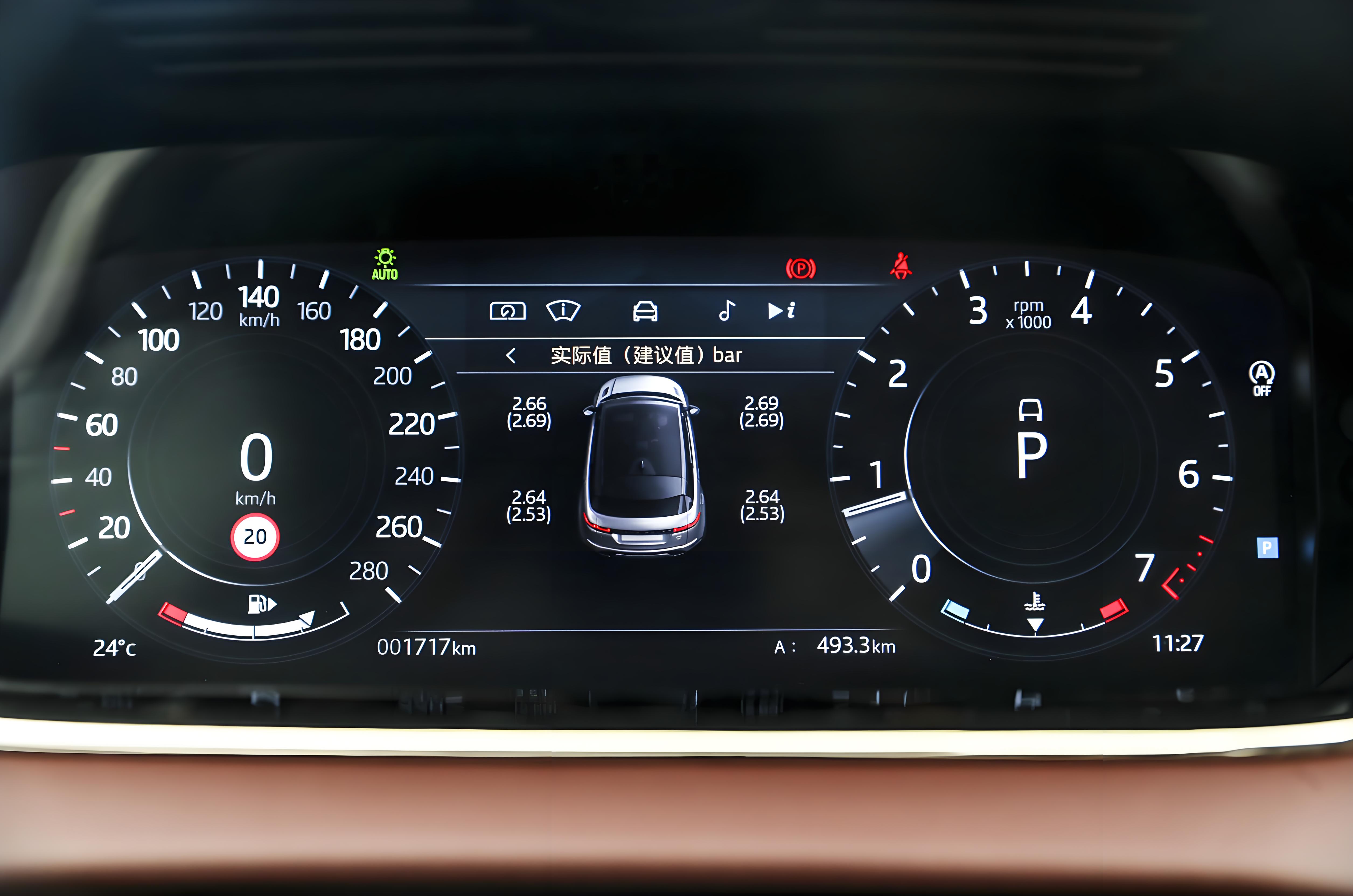What Does 4X4 Mean in Off-Road Vehicles?
If you’ve ever browsed through off-road vehicle listings or chatted with car enthusiasts, you’ve probably come across the term “4X4.” It’s a badge you’ll often see on rugged SUVs, pickup trucks, and dedicated off-roaders, but what exactly does it mean? Let’s dive into the world of 4X4 systems, how they work, and why they’re a game-changer for off-road adventures.
At its core, 4X4 is a shorthand for a four-wheel-drive (4WD) system. The numbers break down simply: the first “4” refers to the total number of wheels on the vehicle, and the second “4” indicates that all four wheels receive power from the engine. This is in contrast to 4X2 vehicles, where only two wheels (either the front or rear) are driven—common in most passenger cars, sedans, and some lighter SUVs.
But 4X4 isn’t just about powering all four wheels; it’s about traction and control in challenging conditions. In a 2WD vehicle, if the driven wheels lose grip—say, on mud, sand, or ice—you might spin out or get stuck. A 4X4 system sends power to both the front and rear axles simultaneously, allowing the vehicle to distribute torque (rotational force) to the wheels that have the most traction. This means even if two wheels are slipping, the other two can pull or push the vehicle forward, a crucial advantage when off-roading.
Not all 4X4 systems are created equal, though. There are two main types: part-time 4X4 and full-time 4X4. Part-time systems are designed to be used primarily in 2WD mode on regular roads. When you hit rough terrain, you manually engage 4X4 (often via a switch or lever) to activate the front axle. This is common in trucks and older off-road models, as it improves fuel efficiency when 4WD isn’t needed. Full-time 4X4, on the other hand, operates in 4WD mode at all times, with a center differential that allows the front and rear wheels to rotate at different speeds—essential for smooth handling on paved roads, where wheels turn at varying rates during turns. Many modern SUVs and luxury off-roaders use full-time 4X4 for a seamless blend of on-road comfort and off-road capability.
Another term you might hear alongside 4X4 is “all-wheel drive (AWD).” While they’re similar—both send power to all four wheels—there’s a key difference. AWD systems are typically automatic, adjusting power distribution between the front and rear wheels on the fly based on traction needs. They’re great for everyday driving in varying weather conditions (rain, snow) and light off-roading. 4X4 systems, however, are often more robust, with features like low-range gearing (4L) that multiplies torque for crawling over rocks, steep hills, or deep mud. This makes 4X4 the preferred choice for serious off-roaders and those who tackle extreme terrain regularly.
So, when should you opt for a 4X4 vehicle? If your adventures take you off the beaten path—think mountain trails, desert dunes, or remote camping spots—a 4X4 is almost a necessity. It’s also useful in regions with harsh winters, where snow and ice can turn regular roads into challenging obstacles. That said, 4X4 systems do come with trade-offs: they’re heavier, which can reduce fuel efficiency, and they often add to the vehicle’s cost. For city dwellers who stick to paved roads, a 2WD or AWD might be more practical.
In summary, 4X4 is more than just a number on a truck’s side—it’s a symbol of capability. It represents a vehicle’s ability to conquer terrain that would leave 2WD cars stranded, thanks to its ability to send power to all four wheels when needed most. Whether you’re a weekend warrior chasing off-road thrills or someone who needs reliable performance in tough conditions, understanding 4X4 helps you choose the right vehicle for your journey.
Next time you see that 4X4 badge, you’ll know it’s not just a style statement—it’s a promise of adventure, no matter where the road (or lack thereof) takes you.

